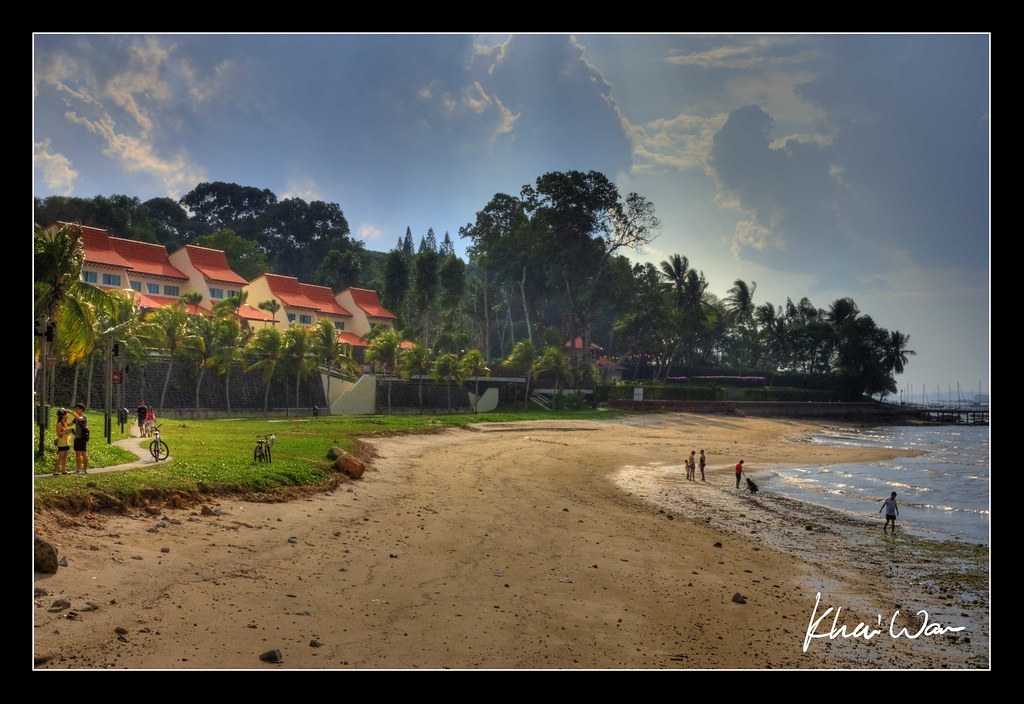First, i'm not sure where i'm supposed to post this. There are so many sections.
Firstly, I've on the bracketing, and took the photos. The problem is, the photos are in RAW or jpeg? The Photomatix can read RAW. But after tone mapping, i'm supposed to import the RAWs, and the tone mapped jpeg into Photoshop. But the Photoshop refused to read the RAW files! What should i do at this stage?
- Workshops, Tutorials and Classes
- Digital Darkroom
Firstly, I've on the bracketing, and took the photos. The problem is, the photos are in RAW or jpeg? The Photomatix can read RAW. But after tone mapping, i'm supposed to import the RAWs, and the tone mapped jpeg into Photoshop. But the Photoshop refused to read the RAW files! What should i do at this stage?





